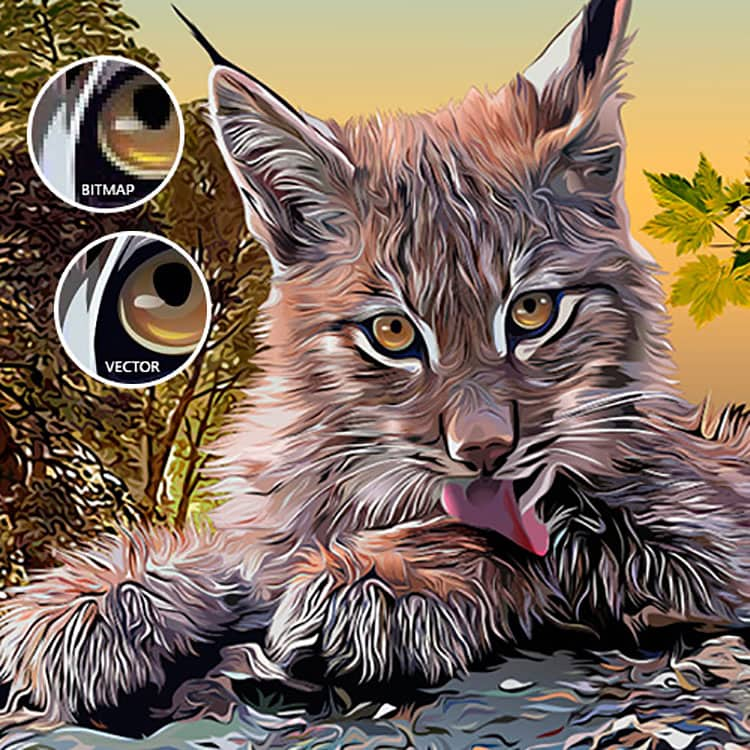
Only the origin point is stored in terms of data.With its simplicity, This brings in quite a few advantages along with it, and they are: Geodata transform: This is the transformation that is used to transform the display of raster data into its transformed boundary so that it can be further used as required.Extent: This feature is to describe the boundary containing the entire raster dataset.Statistics: This mentions the entire statistics like the minimum, maximum, mean, standard deviation of the raster data values.Spatial reference: The coordinate system through which the raster dataset’s coordinate system is described is the spatial reference.Raster metadata: This is an addition tab that can be used to represent different information like sensor name, product name, cloud cover, solar radiation, etc.Raster information: The intricate information about the raster itself, like the number of rows and columns, cell size, format compression type, etc., constitutes another feature of Raster.If the source is of server, the database server’s details will be present in contrast to path information, which would be present if the source is from a local directory. Data source: The first information that the raster needs are about its source.Let us look at those features and talk in brief about each of them: Now that this is used to depict such amazing features, there would be some metadata within the raster that helps it achieve the desired depiction it needs in the applications mentioned above. Also, one can classify the land even into subcategories like agricultural land, barren land, Grass, Forests, etc. Now that we saw continuous data usage, thematic data in the raster is also widely used in understanding the land cover from a satellite picture.For example, elevation values we talked about in earlier sections portray the use of raster to depict the height of the location in comparison to sea level and, when portrayed in a map, leads to a continuous feature in the map. These maps are used for representing continuous changes in a landscape. It is also predominantly famous for being used as surface maps as well.For example, the raster data is used as a road feature, a base image, satellite images, and other scanned maps imposed on the base image to align the maps with confidence to the users spatially. Raster data is used in base maps, where the underneath data is raster data portraying the background display for displaying other features.Just going back into history, there is a painting named as pointillist artwork, which relies on having monochromatic dots to portray an art piece, the same concept of Raster technology. Even all the LCD monitors in today’s world are built with raster data.These pixels, when coherently seen, represent the digital picture you just zoomed. In case you happen to zoom any of your digital photographs, you would eventually notice that tiny square pixels start forming after a few x% of zoom. Mostly digital photographs comprise of raster data.Some of its applications in today’s world are: With the description of raster data being so simple, that the information of the space is described within a matrix organized by rows and column the applications of raster data reaches far and beyond. One should be well aware of these difference when modelling with raster data, as the usage of each of these types of data is done during the modelling and, if misunderstood between the differences, can lead to major interpretation mistake, and the entire analysis will be of no use in any of the application mentioned in the next section! This sea level is the point of reference the elevation is continuous data.

For example, if you have noticed boards mentioning a specific location’s elevation, it is always mentioned concerning the sea level.

Continuous data is more about understanding the phenomenon of the location’s relationship with another fixed point in space. For example, in Google maps, we have seen water bodies being mentioned as blue coloured objects, which means that the meeting junction of land and water body is clearly defined in the maps. In the raster, these thematic data have a definable boundary and often represent objects in the data storage system. Thematic data are also known as discontinuous data or discrete data. We mentioned thematic and continuous data in the above paragraph, so let us take some time to understand that more as it will be a foundation block in understanding where are Raster data used and the intention behind the usage. Hadoop, Data Science, Statistics & others


 0 kommentar(er)
0 kommentar(er)
